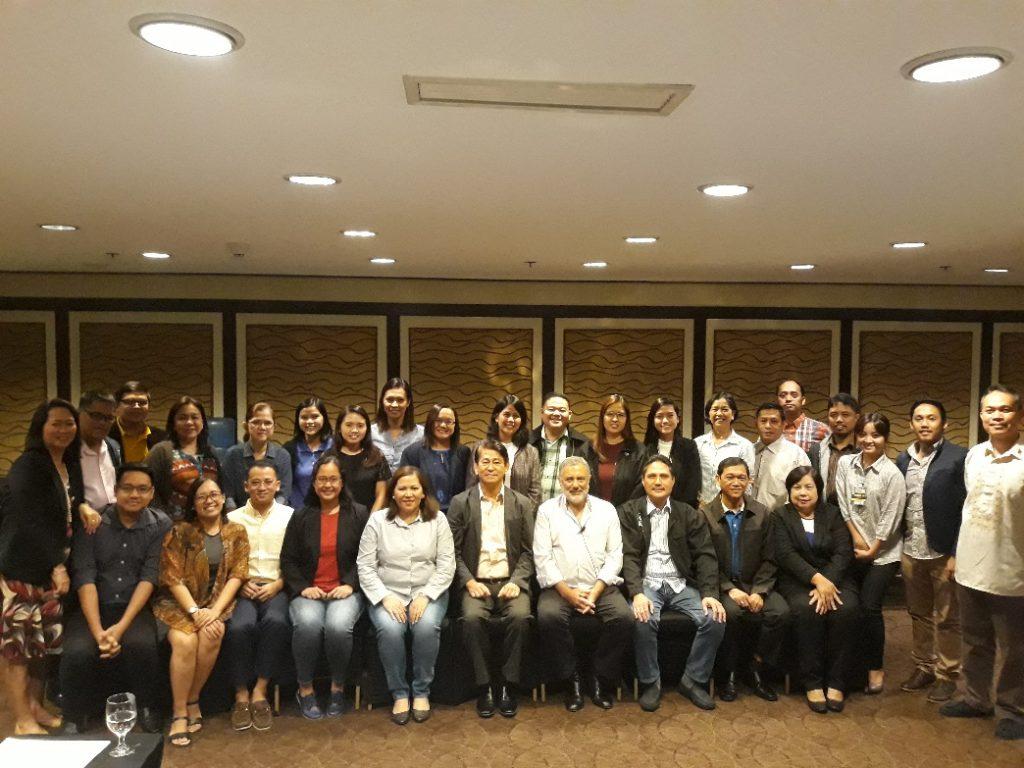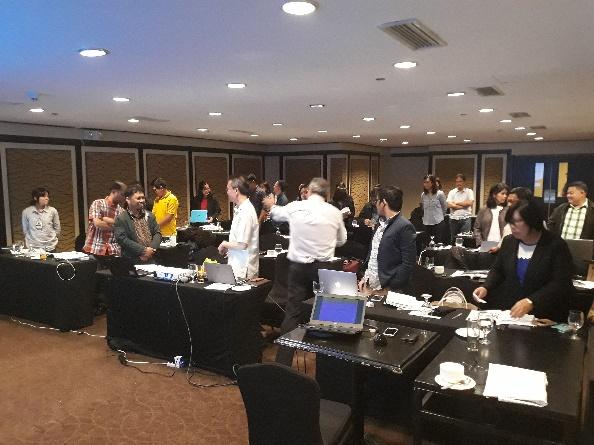The Department of Science and Technology (DOST) with the Technology Application and Promotion Institute (DOST-TAPI) and the Philippine Council for Agriculture, Aquatic and Natural Resources Research and Development (DOST-PCAARRD) sponsored a two-day live-in training on Setting Royalty Rates and Other Financial Terms on December 5 & 6 at the B-Hotel, Alabang.

Twenty five (25) researchers and technology transfer officers from different DOST agencies, Research Development Institutes (RDIs) and State Universities and Colleges (SUCs) learned strategies on negotiating and computing royalty rates which are essential skills in the commercialization phase of new technologies.
The training was conducted in response to Republic Act (RA) 10055 also known as the Philippine Technology Transfer Act of 2009.
DOST is intensifying its investment to support the technology transfer activities. This involves the projects, “Support to the Commercialization of 500 DOST Generated Technologies: Strengthening the Intellectual Property and Technology Portfolios of the DOST (Fairness Opinion Board-Phase 2 Project)” and “Valuation of Technologies Generated from PCAARRD-funded Research”. Both projects are in collaboration between DOST and DOST-PCAARRD, and implemented by DOST-TAPI.

The two-day live-in training-workshop was delivered by Prof. Philip Mendes, a lawyer and an Adjunct Professor at the Queensland University of Technology, Australia. He is a licensing and Intellectual Property (IP) negotiation expert with 25 years of experience in the field. With his expertise on innovation policy, IP policies, technology transfer best practices, and commercialization improvement, he imparted strategies on setting the right royalty rates for technologies especially those which are generated and funded by the government.
Atty. Marion Ivy D. Decena, Division Manager of DOST-TAPI said that this is among the first in the series of trainings focusing on technology transfer, since DOST is yet to establish its technology transfer strategies among the science community.
“We are expecting that through this training, researchers will be well-equipped in the marketing strategies and promotion of their developed technology,” Decena added.
Through the workshop, participants were given exercises to practice in the computation of royalty rates. They were also taught formulas which can help in efficiently coming up with the correct rates. The question and answer portion provided the participants opportunity to consult Mr. Mendes on specific concerns of their agencies or schools in terms of strategies in commercializing their technologies. They also validated processes their agencies are currently practicing in technology transfer and commercialization.
by: Maria Teresa Andrea B. Vargas